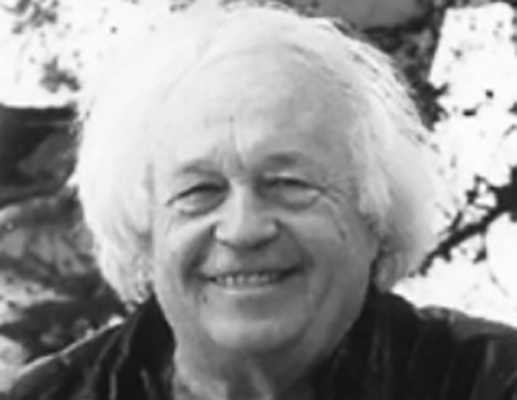 Sam Francis (1923-1994) was born in San Mateo, California, and studied botany, medicine and psychology at the University of California, Berkeley. He served in the United States Air Force during World War II before being injured in a plane crash. He was in the hospital for several years with spinal tuberculosis, and it was while there that he began to paint. Once out of the hospital he returned to Berkeley, this time to study art.
Sam Francis (1923-1994) was born in San Mateo, California, and studied botany, medicine and psychology at the University of California, Berkeley. He served in the United States Air Force during World War II before being injured in a plane crash. He was in the hospital for several years with spinal tuberculosis, and it was while there that he began to paint. Once out of the hospital he returned to Berkeley, this time to study art.
Francis was initially influenced by the work of Abstract Expressionists such as Mark Rothko, Arshile Gorky and Clyfford Still. He spent the 1950s in Paris, having his first exhibition there in 1952. While there he became associated with Tachisme. He later spent time in Japan, and some have seen an influence from Zen Buddhism in his work. Francis spent some time in Paris executing entirely monochromatic works, but his mature pieces are generally large oil paintings with splashed or splattered areas of bright contrasting color. Areas of white canvas are often left to show through, and in later works, paint is sometimes confined to the edges of the canvas.
Luminous and painterly, rather than gestural, his "signature" paintings of the early 1950s are overlays of serial but asymmetrical biomorphic forms saturated with color. The mid 50s saw Francis include fields of various sized clusters of cell-like shapes usually in blue, yellow, and red on a white ground. Francis returned to California during the 1960s and continued painting in Los Angeles. During the final three decades of his career his style of large scale bright Abstract Expressionism was also closely associated with Color Field painting.

_tn5116.c.jpg )







